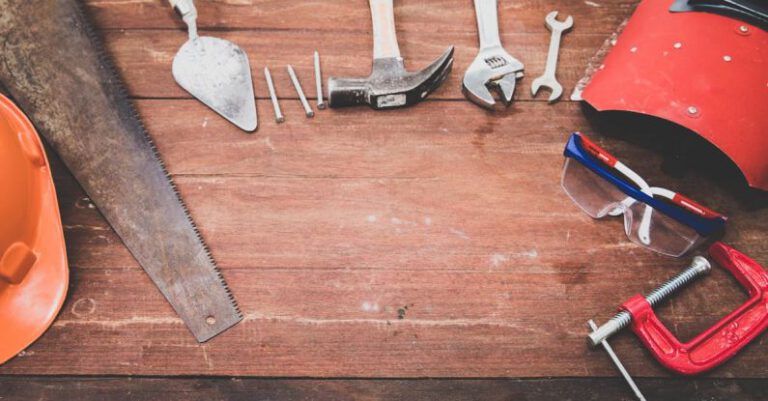
Are you interested in diving into the world of cryptocurrency mining but not sure where to start? Setting up a home mining rig can be a rewarding and potentially profitable endeavor. By following some essential steps and guidelines, you can create your own mining setup right in the comfort of your home. In this guide, we will walk you through the process of setting up a home mining rig, from choosing the right hardware to optimizing your mining operation.
Choosing the Right Hardware
The first step in setting up a home mining rig is selecting the right hardware. Your choice of hardware will largely depend on the type of cryptocurrency you intend to mine. Generally, the most common hardware components you will need include a powerful graphics processing unit (GPU) or an application-specific integrated circuit (ASIC) miner, a motherboard, a power supply unit (PSU), a cooling system, and a mining software.
When it comes to GPUs, AMD and Nvidia are popular choices for mining due to their high hash rates and energy efficiency. ASIC miners, on the other hand, are specifically designed for mining cryptocurrencies like Bitcoin. Make sure to research the current market trends and choose hardware that offers the best performance for your budget.
Setting Up Your Mining Rig
Once you have gathered all the necessary hardware components, it’s time to assemble your mining rig. Start by installing the GPU or ASIC miner onto the motherboard, ensuring that all components are securely connected. Next, connect the power supply unit to the motherboard and the GPU, making sure to use a PSU with sufficient wattage to power your rig.
Proper cooling is essential to prevent overheating and ensure the optimal performance of your mining rig. Consider installing additional fans or a dedicated cooling system to maintain a stable temperature. Adequate ventilation is also crucial to dissipate heat generated during the mining process.
Configuring Your Mining Software
After assembling your mining rig, you will need to install and configure the mining software. There are various mining software options available, each with its own set of features and compatibility with different hardware. Popular mining software programs include CGMiner, BFGMiner, and NiceHash.
Before starting the mining process, make sure to configure the mining software settings according to your hardware specifications and desired mining pool. Joining a mining pool allows you to combine your hashing power with other miners to increase the chances of earning rewards. Be sure to choose a reputable mining pool with a strong track record of payouts and reliability.
Optimizing Your Mining Operation
To maximize the efficiency and profitability of your home mining rig, consider implementing some optimization techniques. Regularly monitor the performance of your rig and adjust settings as needed to achieve the best results. Keep an eye on factors such as hash rate, temperature, and power consumption to ensure smooth operation.
Additionally, staying informed about the latest developments in the cryptocurrency market can help you make informed decisions about which coins to mine and when to cash out. Consider diversifying your mining portfolio to reduce risks and take advantage of emerging opportunities in the market.
In conclusion…
Setting up a home mining rig requires careful planning, research, and investment in the right hardware and software. By following the steps outlined in this guide and staying proactive in optimizing your mining operation, you can create a successful mining setup that generates passive income over time. Remember to stay updated with the latest trends and developments in the cryptocurrency space to make the most of your mining venture.





